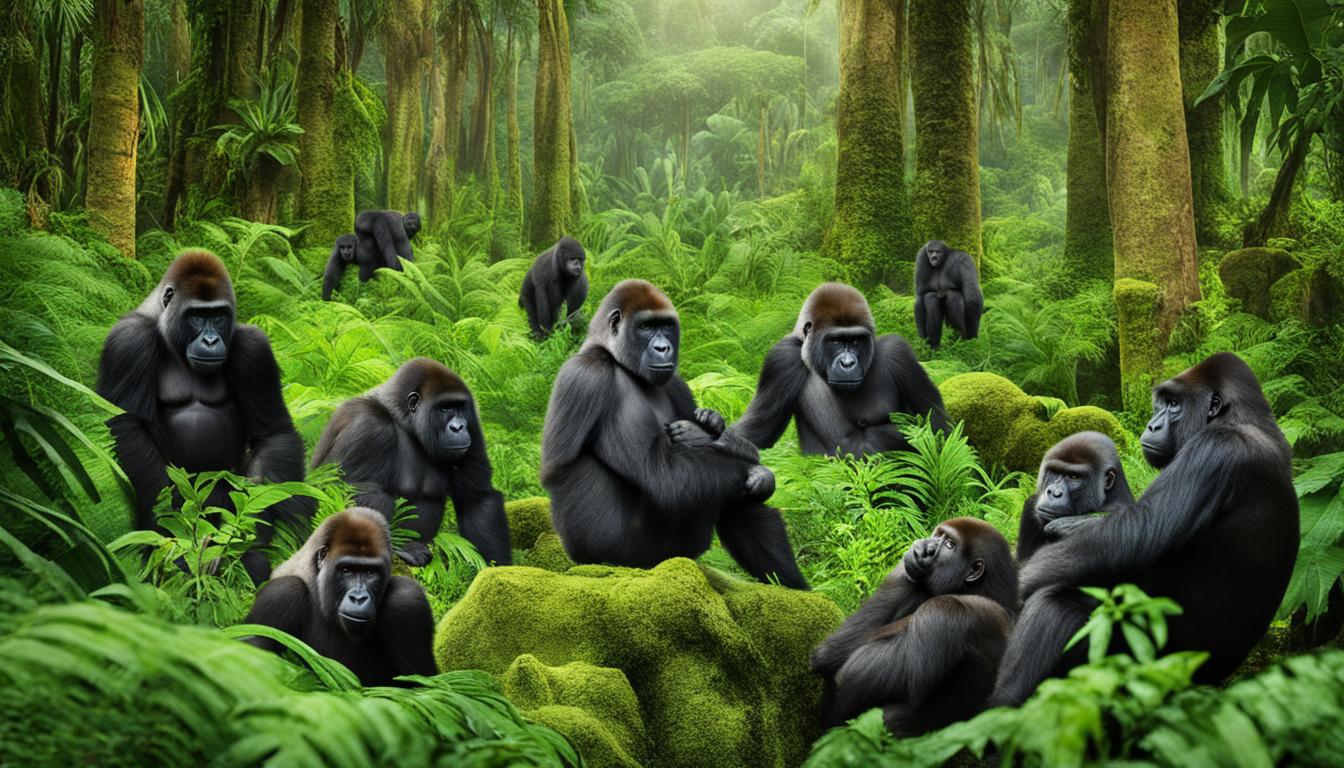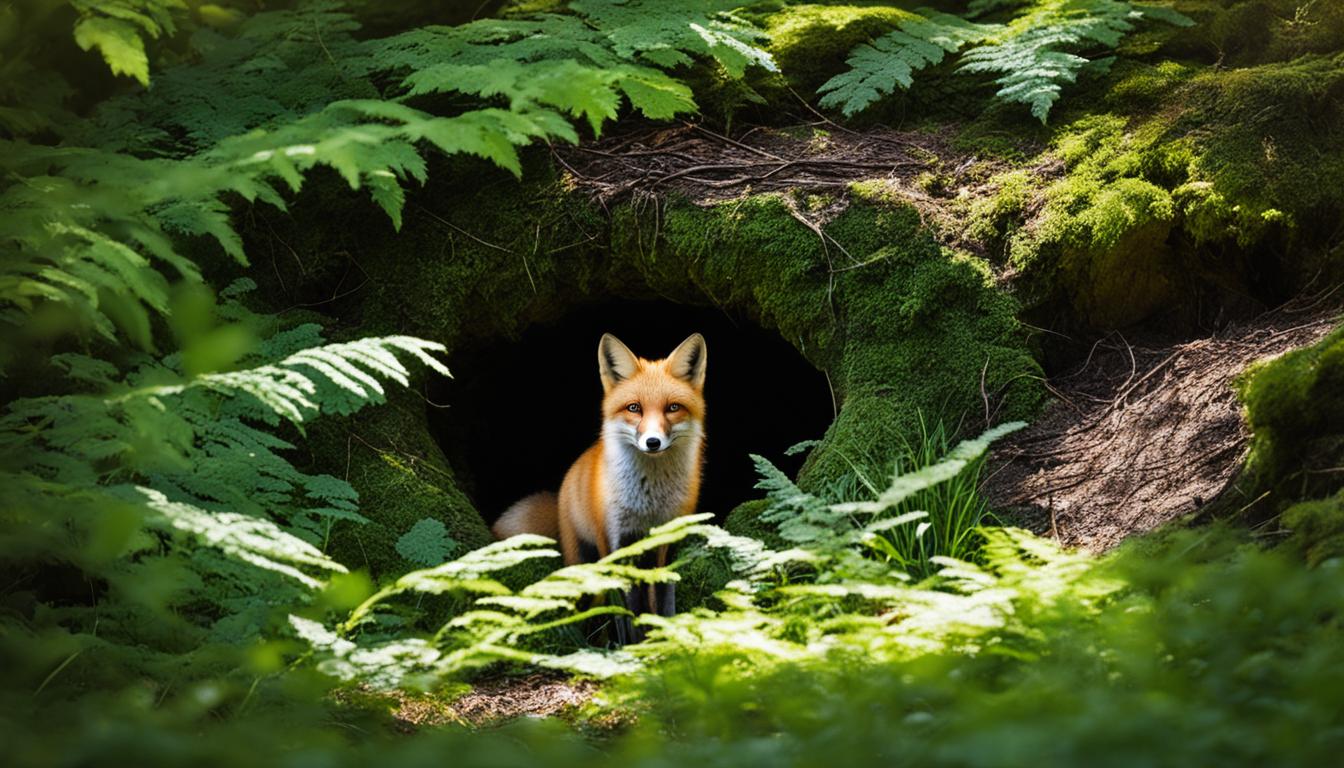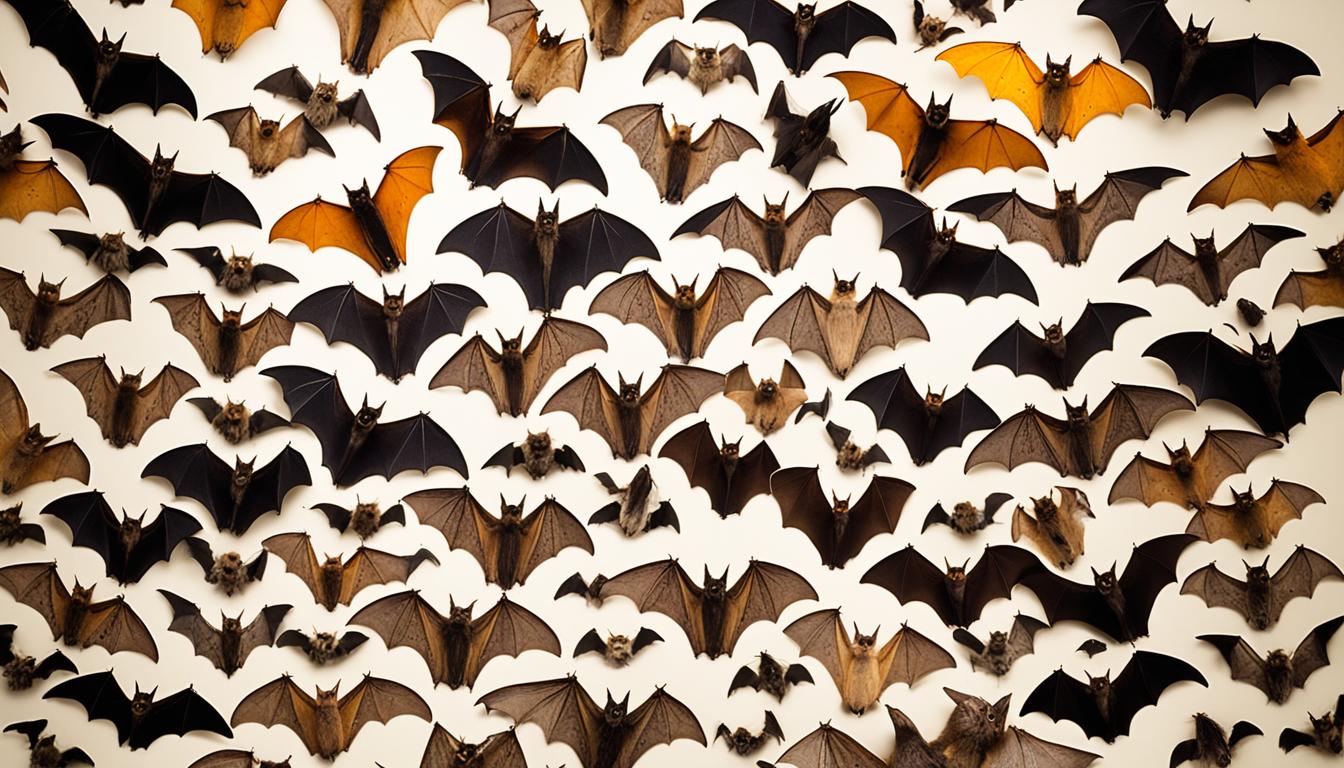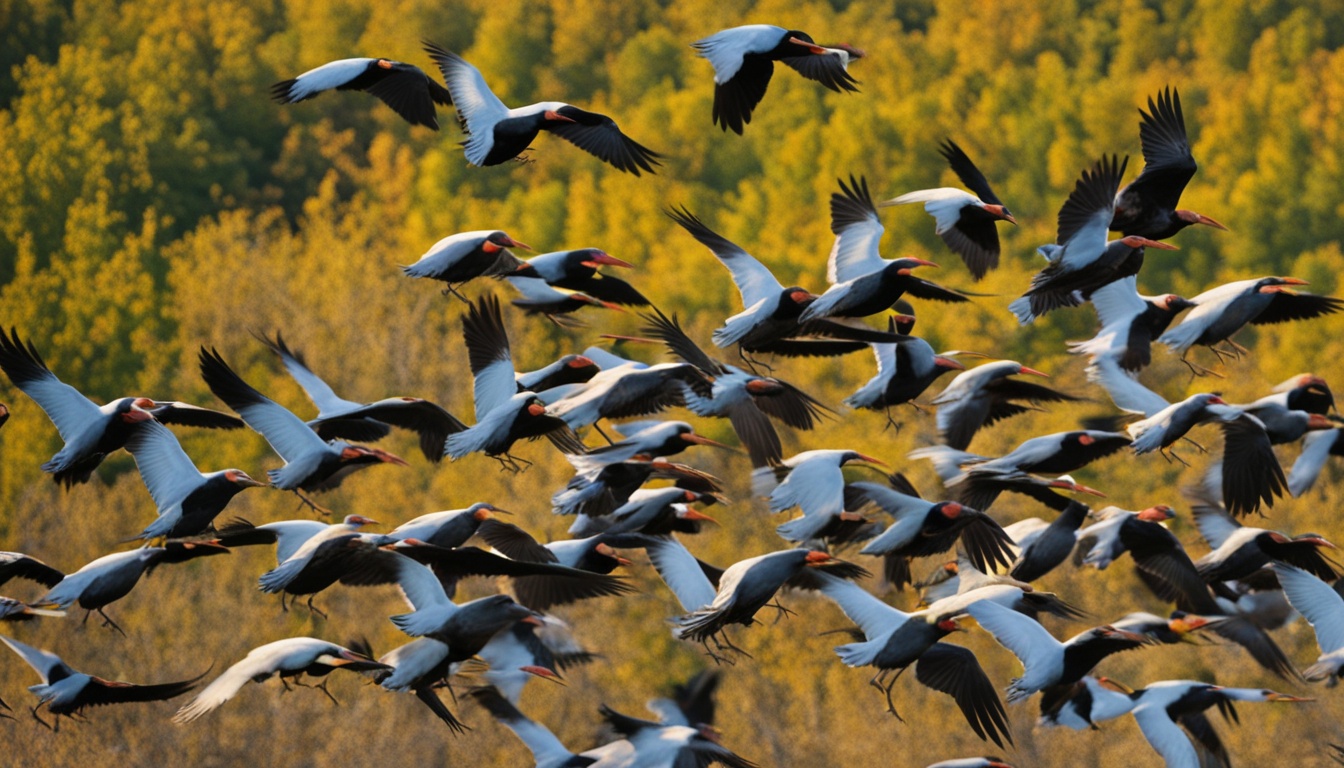Gorillas play a crucial role in maintaining the health and biodiversity of forest ecosystems. They are an “umbrella species” that helps protect other endangered plants and animals that share their habitat. Gorillas disperse seeds throughout the forest, creating clearings that allow for a wider array of plant species to flourish. This contributes to the overall biodiversity and ecosystem function of the forest. Gorillas also act as a vital link in limiting disease spillover from animals to humans, potentially preventing outbreaks of diseases like HIV, Ebola, and COVID-19.
In addition to their role in preserving biodiversity, gorillas also contribute to climate change mitigation. Inhabiting the second-largest tropical rainforest on Earth, the Congo basin, gorillas help keep the forest healthy and thriving. Their activities, such as seed dispersal, contribute to the regeneration of the forest and maintain plant communities. Gorillas also help prevent habitat fragmentation by moving between different areas of the forest, ensuring genetic diversity and the overall resilience of the ecosystem.
Conservation efforts to protect gorillas go beyond safeguarding their habitat. It involves engaging and supporting the communities that share the forest with gorillas. Education and awareness programs are essential in promoting sustainable practices and reducing human impact on gorilla habitats. Additionally, behavioral studies provide valuable insights into gorilla behavior and enable conservationists to develop effective strategies. Habitat restoration initiatives aim to create a more suitable environment for gorillas and enhance their chances of survival.
There are four main species of gorillas: western lowland gorillas, Cross River gorillas, eastern lowland gorillas (Grauer’s gorillas), and mountain gorillas. Each species has its own unique ecological role within their respective habitats. Western lowland gorillas, for example, play a significant role in seed dispersal and pest control, contributing to forest regeneration. Cross River gorillas, although critically endangered, also have a similar function in their forest ecology. Eastern lowland gorillas contribute to the biodiversity and regrowth of their habitat. Mountain gorillas, once facing severe threats, have made a remarkable recovery thanks to conservation efforts, positively impacting the highland forests they inhabit.
In conclusion, gorillas are integral to forest ecosystems, and their conservation is crucial for maintaining ecological balance. By understanding the importance of gorillas in promoting biodiversity, preventing habitat fragmentation, and mitigating climate change, we can work towards preserving their habitats and ensuring their long-term survival. Conservation efforts should involve community engagement, behavioral research, and habitat restoration initiatives. Protecting gorillas ultimately benefits not only these magnificent creatures but also the forests they inhabit and the other species that rely on them. Together, we can make a difference in preserving the gorilla forest ecology for future generations.
The Importance of Gorillas in Climate Change Mitigation
Gorillas, as inhabitants of the Congo basin, the second-largest tropical rainforest on Earth, play a significant role in climate change mitigation. This vast forest acts as the “lungs of the planet,” absorbing carbon dioxide and producing oxygen. Gorillas, through their activities, contribute to the regeneration of the forest and the maintenance of plant communities, which helps in the sequestration of carbon from the atmosphere. Their vital role in preserving the gorilla forest ecosystem reinforces the importance of conserving their habitat for the benefit of climate change mitigation.
Gorillas actively participate in seed dispersal, allowing for the growth and diversity of plant species. By consuming fruits and subsequently defecating, they serve as key agents in the dispersal of seeds, contributing to the forest’s regeneration and overall ecosystem health. Their movement throughout different areas of the forest also helps prevent habitat fragmentation, ensuring the continuous genetic diversity and resilience of the ecosystem.
To highlight the importance of gorillas in climate change mitigation, it is essential to understand their population dynamics and the consequences of their decline. Human activities, such as deforestation and illegal hunting, threaten gorilla populations and their habitats. By safeguarding gorilla populations, we protect their contribution to carbon sequestration and forest regeneration. Conservation efforts that focus on preserving gorilla habitats are thus crucial in maintaining a healthy climate and sustaining the gorilla forest ecosystem.
The Importance of Gorillas in Climate Change Mitigation
“Gorillas, through their activities, contribute to the regeneration of the forest and the maintenance of plant communities, which helps in the sequestration of carbon from the atmosphere.”
| Gorilla Population Dynamics | Gorilla Forest Ecosystem |
|---|---|
| Gorillas act as agents in seed dispersal | Seeding contributes to forest regeneration |
| Prevent habitat fragmentation through movement | Maintain genetic diversity and ecosystem resilience |
| Population decline threatens carbon sequestration | Conservation efforts are key for climate change mitigation |
The Human-Gorilla Connection and Conservation Efforts
The conservation efforts aimed at protecting gorillas extend beyond safeguarding their habitat. It involves engaging and supporting the communities that share the forest with these magnificent creatures. By focusing on education and awareness programs, we can promote sustainable practices and reduce human impact on gorilla habitats. Through behavioral studies, we gain valuable insights into gorilla behavior, which enables us to develop effective conservation strategies.
The connection between humans and gorillas is a vital aspect of conservation efforts. By fostering a sense of connection and understanding, we can encourage local communities to become active participants in gorilla conservation. Community engagement initiatives include capacity building, income-generating projects, and the establishment of protected areas that benefit both gorillas and local people.
Habitat restoration is another crucial aspect of conservation efforts. Restoring degraded areas and creating a more suitable environment for gorillas enhances their chances of survival. It involves measures such as reforestation, removing invasive species, and creating corridors that allow gorillas to move freely between different areas of their habitat.
“Conservation is a complex task that requires a multi-faceted approach. By engaging communities, conducting behavioral studies, and restoring habitats, we can work towards ensuring the long-term survival of gorillas and the preservation of their forest ecosystems.”
Gorilla Conservation Efforts
Gorilla conservation efforts require collaboration between various stakeholders, including researchers, conservation organizations, governments, and local communities. Here are some key initiatives and organizations that contribute to the conservation of gorillas:
- The Dian Fossey Gorilla Fund International: This organization focuses on gorilla research, conservation, and community engagement in Rwanda and the Democratic Republic of the Congo.
- The International Gorilla Conservation Programme (IGCP): IGCP works in partnership with national park authorities to protect gorillas and their habitats in Rwanda, Uganda, and the Democratic Republic of the Congo.
- The Gorilla Doctors: This organization provides veterinary care to gorillas in the wild, helping to prevent the spread of diseases and ensuring the well-being of the gorilla populations.
Gorilla habitat restoration plays a crucial role in conservation efforts. By restoring degraded habitats, we provide gorillas with a suitable environment for their survival and contribute to the overall health of the forest ecosystem. The table below showcases the main methods and benefits of habitat restoration:
| Habitat Restoration Method | Benefits |
|---|---|
| Reforestation | Increases gorilla habitat availability and provides food sources |
| Invasive Species Removal | Reduces competition for resources and allows native vegetation to thrive |
| Creation of Corridors | Enables gorillas to move between different areas of their habitat, promoting genetic diversity |
Gorilla Species and Their Ecological Roles
Gorillas are an incredibly diverse group of primates, consisting of four distinct species: western lowland gorillas, Cross River gorillas, eastern lowland gorillas (Grauer’s gorillas), and mountain gorillas. Each species plays a unique ecological role within their respective habitats, contributing to the biodiversity and health of gorilla forests. Understanding the ecological roles of these gorilla species is essential in developing effective conservation strategies.
Western Lowland Gorillas
Western lowland gorillas are the most numerous of all gorilla species, and they inhabit the dense forests of Central Africa. These gorillas play a crucial role in seed dispersal, where they consume fruits and excrete seeds throughout the forest. This process helps in the regeneration of plant communities and contributes to the overall biodiversity of the gorilla forest. The presence of western lowland gorillas also acts as a natural pest control mechanism, as they consume insects that can harm tree species.
Cross River Gorillas
Cross River gorillas are among the rarest and most endangered gorilla species, with only a few hundred individuals remaining in the wild. These gorillas inhabit the mountains and forests of Cameroon and Nigeria and play a similar ecological role to western lowland gorillas. They contribute to seed dispersal and maintain the health of their forest habitat. The conservation of Cross River gorillas is crucial for preserving the biodiversity and genetic diversity of gorilla forests.
Eastern Lowland Gorillas (Grauer’s Gorillas)
Eastern lowland gorillas, also known as Grauer’s gorillas, are found in the Democratic Republic of the Congo. They are the largest gorilla species and have a significant impact on the biodiversity and regrowth of their habitat. Like other gorilla species, Eastern lowland gorillas aid in seed dispersal, facilitating the growth of a variety of plant species. Their presence ensures the sustainability and overall ecosystem function of gorilla forests.
Mountain Gorillas
Mountain gorillas are a subspecies of Eastern gorillas and inhabit the highland forests of Uganda, Rwanda, and the Democratic Republic of the Congo. These gorillas were once critically endangered but have experienced a remarkable recovery due to conservation efforts. Mountain gorillas play a vital role in maintaining the biodiversity and ecological balance of their habitat. Protecting their forest homes not only benefits the gorillas themselves but also contributes to the overall health and resilience of the gorilla forest ecosystem.
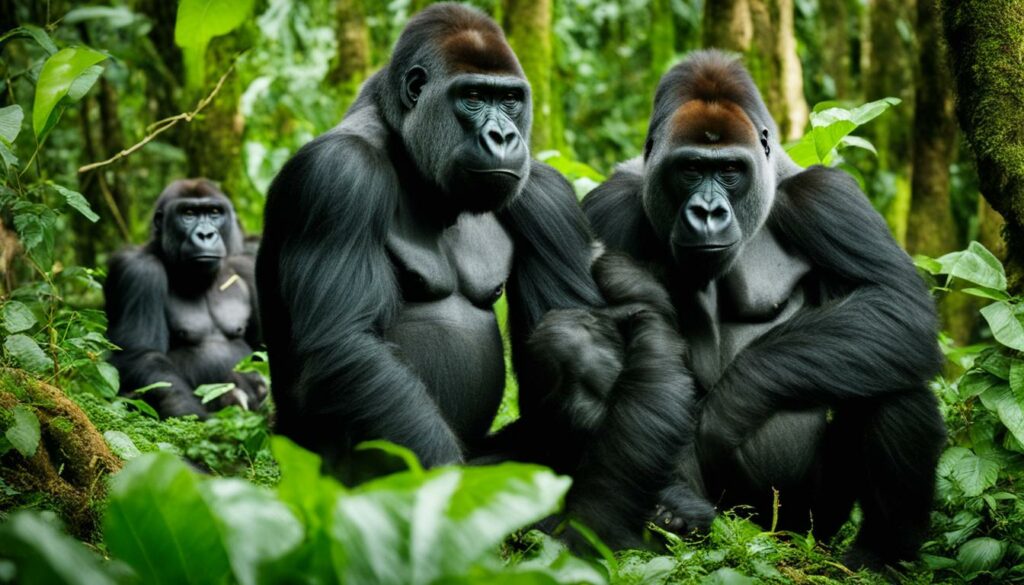
Summary Table: Ecological Roles of Gorilla Species
| Gorilla Species | Ecological Roles |
|---|---|
| Western Lowland Gorillas | Seed dispersal, pest control |
| Cross River Gorillas | Seed dispersal, habitat maintenance |
| Eastern Lowland Gorillas (Grauer’s Gorillas) | Seed dispersal, biodiversity facilitation |
| Mountain Gorillas | Biodiversity maintenance, habitat preservation |
Conclusion
Gorillas are essential for maintaining the delicate balance of forest ecosystems. The preservation of their habitats and conservation efforts are crucial in ensuring the long-term survival of gorillas and the overall ecological health of gorilla forest ecology.
By recognizing the significant contributions of gorillas in promoting biodiversity, preventing habitat fragmentation, and mitigating climate change, we can work together to protect their habitats and preserve the intricate web of life that depends on them.
This conservation endeavor involves not only safeguarding their habitats but also engaging with local communities, conducting behavioral research, and implementing habitat restoration initiatives. By educating and involving communities, we can promote sustainable practices and reduce human impact on gorilla habitats.
Together, we can make a difference in preserving the gorilla forest ecology for future generations. Through our collective efforts in gorilla conservation, we ensure the continued existence of these magnificent creatures and the survival of the diverse ecosystems they call home.
How Do Gorillas Impact the Ecosystem in Relation to Agriculture in Their Habitats?
Gorillas play a crucial role in their agriculture habitats. They are key seed dispersers, helping maintain plant diversity. By spreading seeds through their feces, gorillas contribute to the growth of various plants, which benefits the ecosystem and agriculture. Their impact on the ecosystem is undeniable.
FAQ
How do gorillas contribute to forest ecosystems?
Gorillas play a crucial role in maintaining the health and biodiversity of forest ecosystems. They disperse seeds throughout the forest, creating clearings that allow for a wider array of plant species to flourish. Gorillas also help limit disease spillover from animals to humans, potentially preventing outbreaks of diseases like HIV, Ebola, and COVID-19.
What is the importance of gorillas in climate change mitigation?
Gorillas inhabit the second-largest tropical rainforest on Earth, the Congo basin, which acts as the “lungs of the planet.” Through their activities like seed dispersal, gorillas contribute to the regeneration of the forest and maintain plant communities. They also help prevent habitat fragmentation by moving between different areas of the forest, ensuring genetic diversity and the overall resilience of the ecosystem.
How are humans connected to gorillas and what conservation efforts are being made?
Conservation efforts to protect gorillas involve engaging and supporting the communities that share the forest with them. Education and awareness programs promote sustainable practices and reduce human impact on gorilla habitats. Behavioral studies provide valuable insights into gorilla behavior and help develop effective conservation strategies. Habitat restoration initiatives aim to create a more suitable environment for gorillas and enhance their chances of survival.
What are the different species of gorillas and their ecological roles?
There are four main species of gorillas: western lowland gorillas, Cross River gorillas, eastern lowland gorillas (Grauer’s gorillas), and mountain gorillas. Each species has its own unique ecological role within their respective habitats, including seed dispersal, pest control, and biodiversity promotion.
How does preserving gorilla habitat benefit the environment?
Protecting gorillas ultimately benefits not only these magnificent creatures but also the forests they inhabit and the other species that rely on them. By understanding the importance of gorillas in promoting biodiversity, preventing habitat fragmentation, and mitigating climate change, we can work towards preserving their habitats and ensuring their long-term survival.

